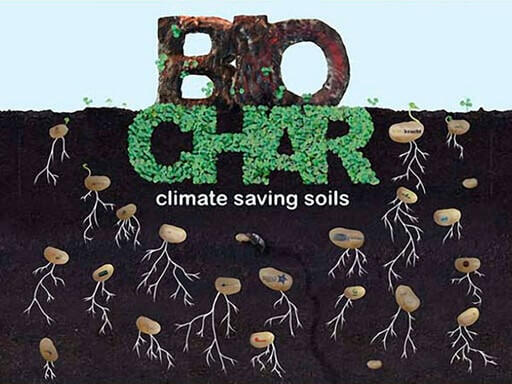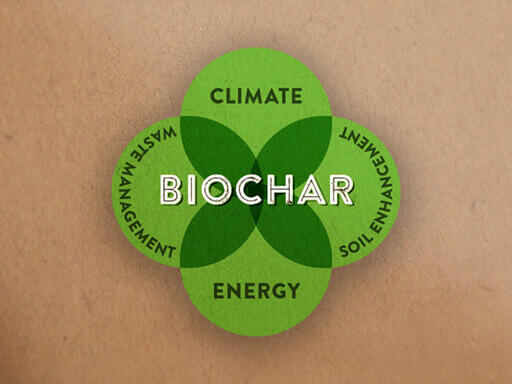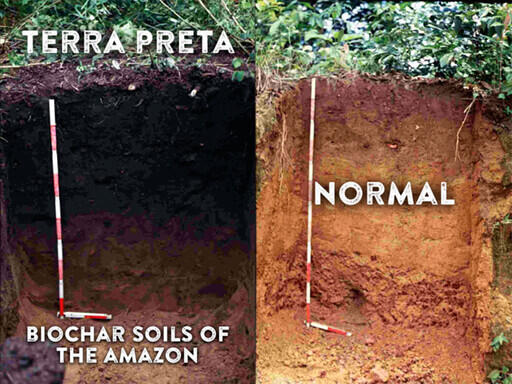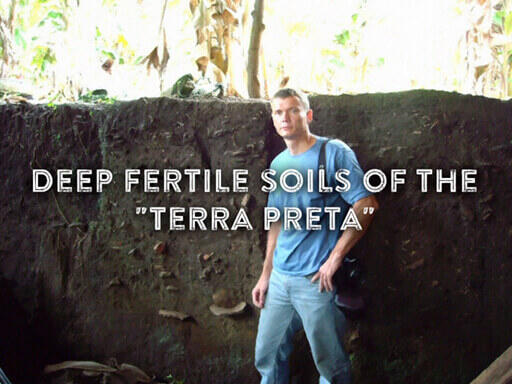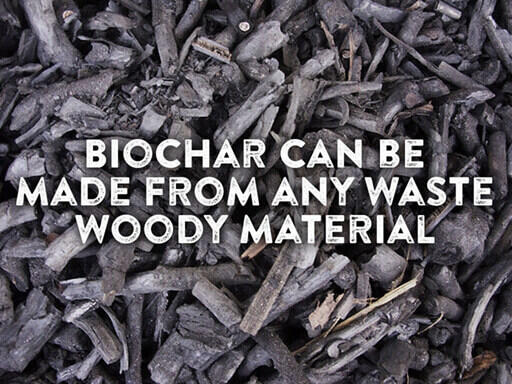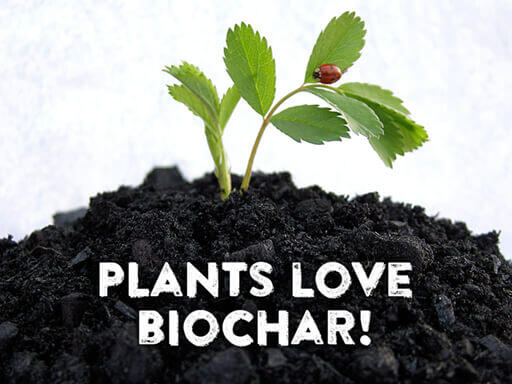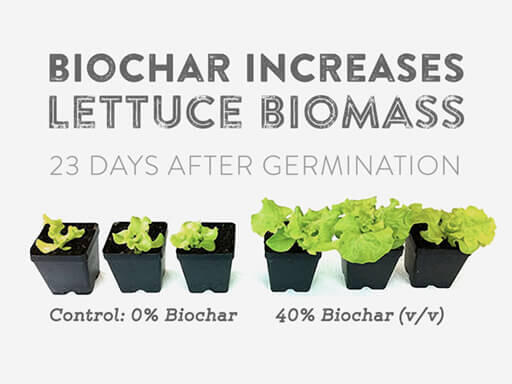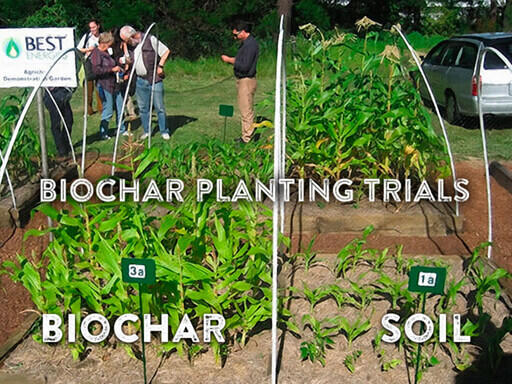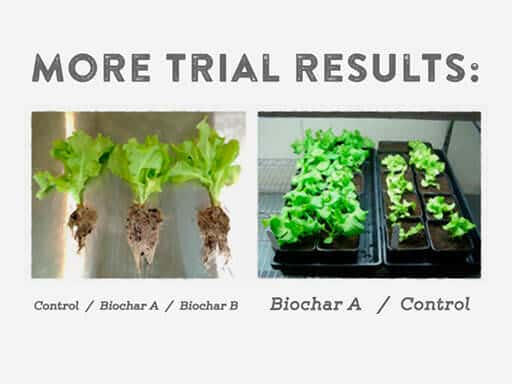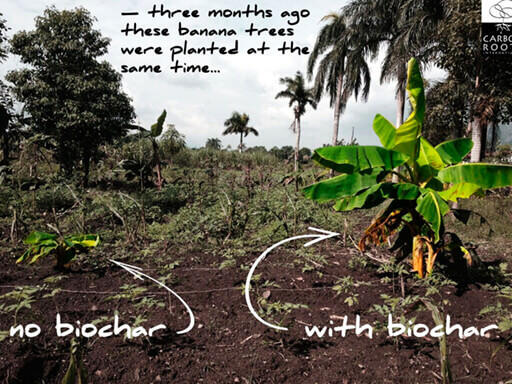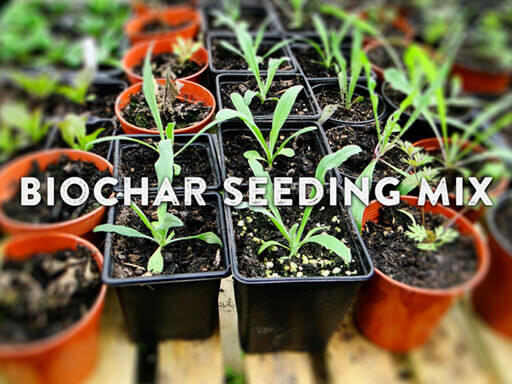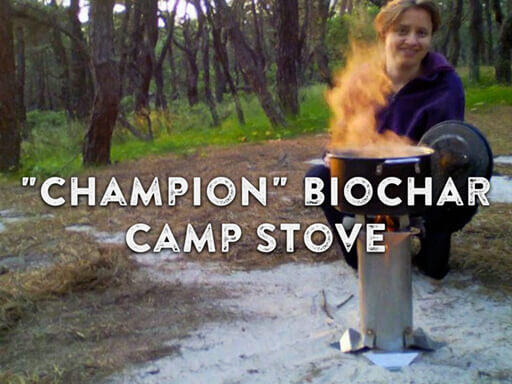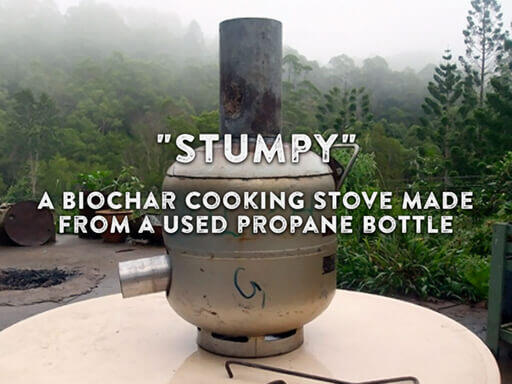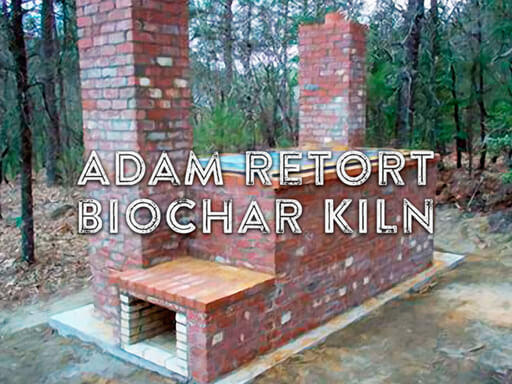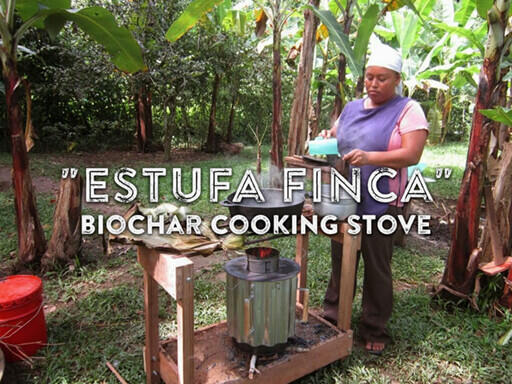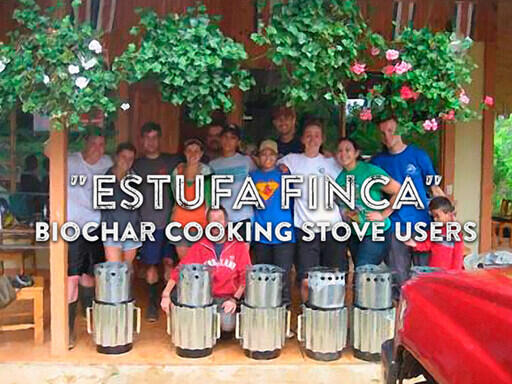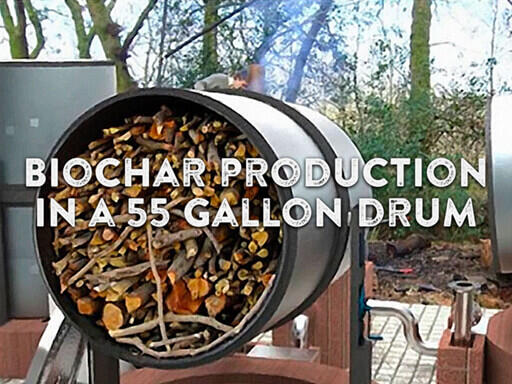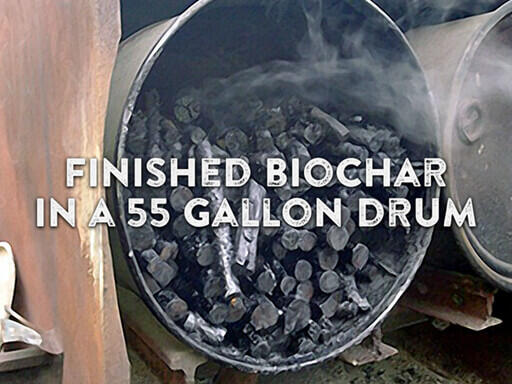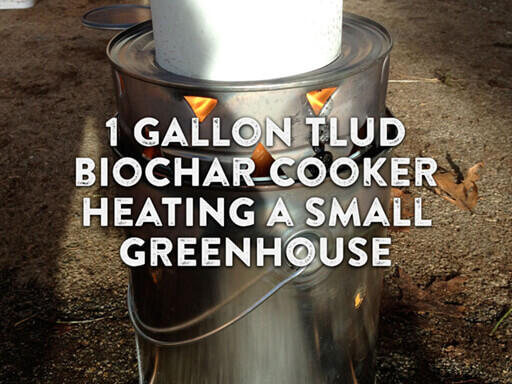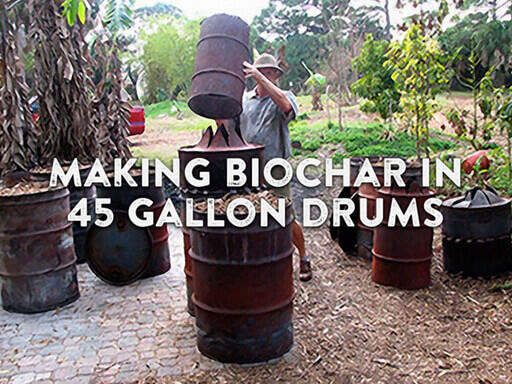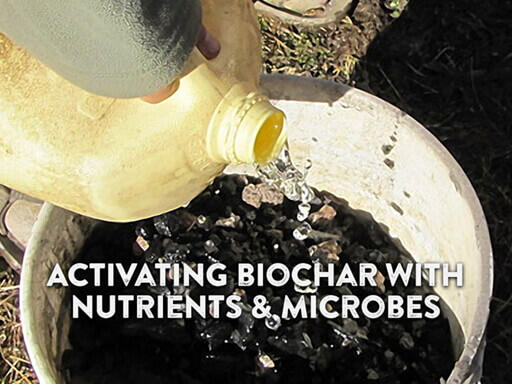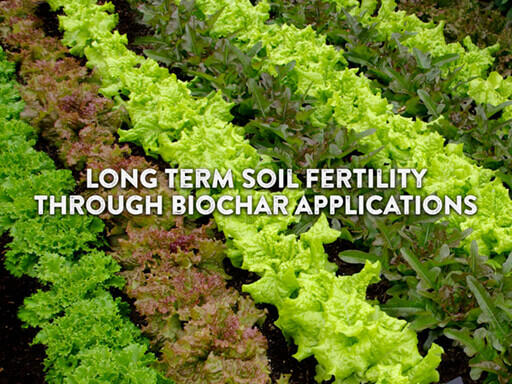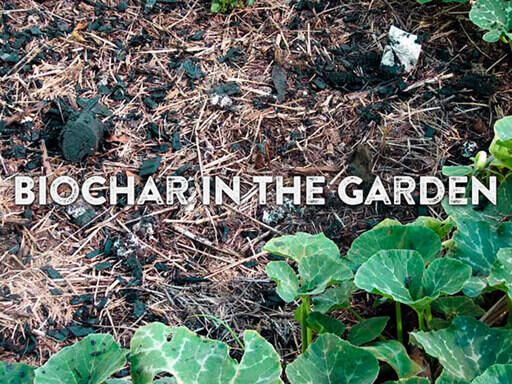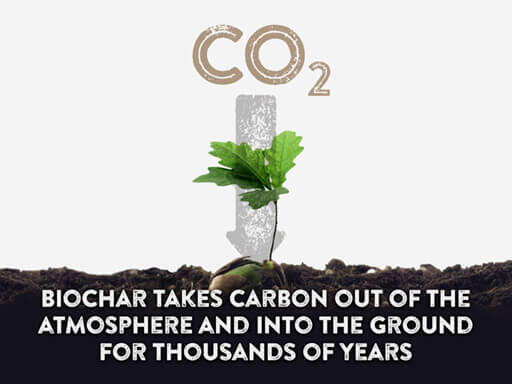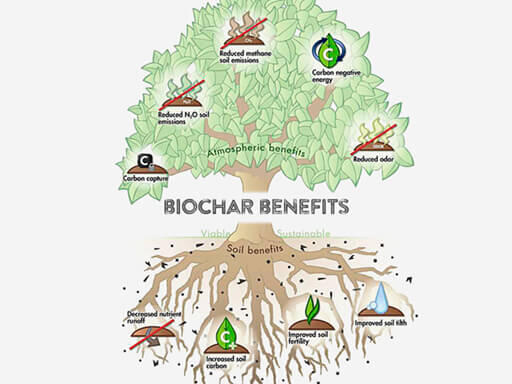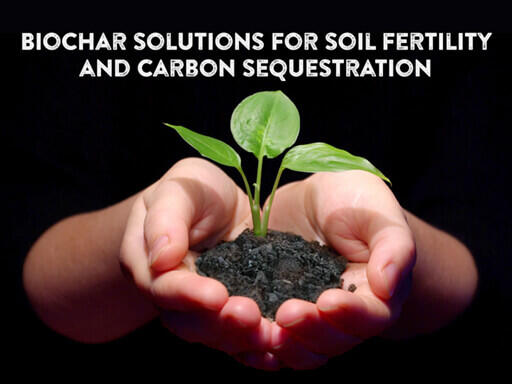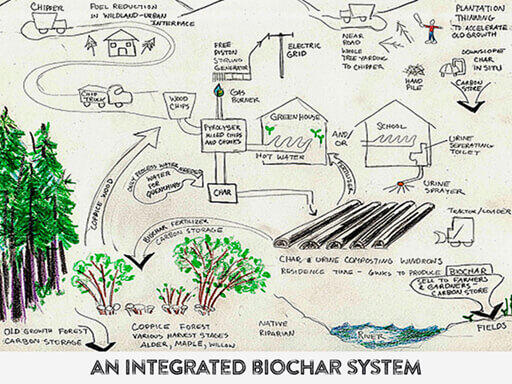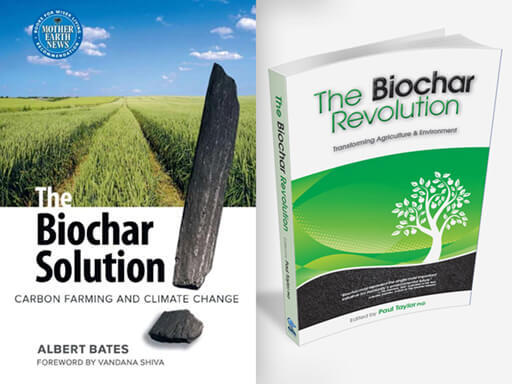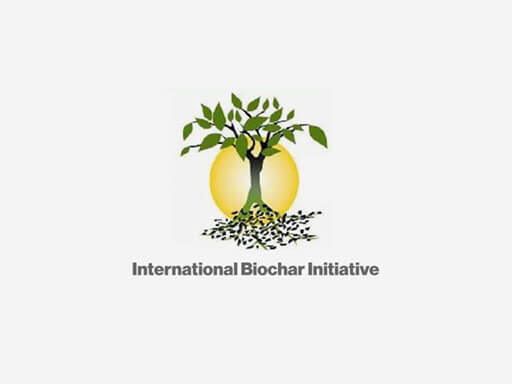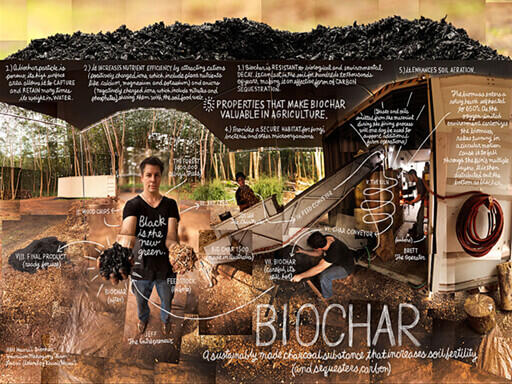A specialized form of charcoal prepared to benefit the soil.
Thousands of years ago, indigenous peoples of South America perfected the secrets to making the most fertile, black soils found anywhere on the planet – the Terra Preta. “Charring” woody biomass in a low-oxygen environment and mixing it with nutrients and microbes, creates a rich soil ammendment that lasts for millennia.
Our biochar is produced using local “waste” materials, nutrients and microbial innoculants to create healthy, vibrant soil with long term fertility. Since biochar is virtually pure carbon, it is an excellent strategy for taking carbon out of the atmosphere and putting it back into the soil. Where it belongs!

Some frequently asked questions
Is Biochar a new thing?
No! Archeolgists and soil scientists know that Indigenous peoples around the world have used biochar to greatly improve their soils. The most famous example is the “Terra Preta” of the Amazon basin – an area the size of France! As early as 500 BCE, woody material, pottery shards, manures and bones were charred in special pits to create rich, black, deep soils that continue to be highly fertile today.
How does it benefit the soil?
The biochar process produces a crystaline form of Carbon that does not breakdown in the soil for up to thousands of years. Quality biochar has a fantastic amount of surface area (1 gram has the surface area of two tennis courts!) enabling it to store a tremendous amount of nutrients. This high degree of porosity creates ideal habitat for beneficial microbes and for holding water in the soil. Biochar is generally alkaline and can help to raise the pH of acidic soils.
An “Organic” soil amendment?
Yes. Biochar products are eligible for certification under the Organic Materials Review Institute (OMRI). Some biochar producers obtain this certification while others do not. As long as the innoculation process does not use any synthetic nutrients, most biochars would meet organic standards.
Other benefits?
The process of making biochar releases excess energy that can be harnessed for cooking, space heating (i.e. for a greenhouse) and even for the generation of electricity. Biochar production can reduce pressure on the waste stream by putting organic materials to use in the soil and for energy. Biochar is also increasingly used in bio-remediation efforts since its high surface area can “tie-up” contaminants. Because biochar transforms organic material into a form of Carbon that remains in the soil for up to thousands of years, it can be an excellent tool for Carbon sequestration and the mitigation of climate change.
How is Biochar made?
The process for making biochar is the same today as it was during the time of the Terra Preta. Woody biomass is cooked in a low-oxygen environment creating a pyrolysis reaction in which the impurities (non-Carbon elements) are released as gas. These gasses are combusted to create heat, feeding the reaction. When all of the gasses have been consumed, the fire is quenched leaving behind essentially pure Carbon.
How do I apply it?
Before adding biochar to the soil, it’s best to “activate” it with beneficial organisms and nutrients. This can be achieved by the application of compost teas, manure teas, EM, or by blending it with compost. High quality biochars come already activated. Biochar is best applied gradually to soils, never exceeding 10% of total soil volume. It can be lightly worked in to the surface of garden or field soils at any time of the year. Activated biochar is a great addition to potting soils, seeding trays and planting holes for trees, shrubs and perennials.
Can I make my own?
Yes you can! While perfecting the craft of Biochar takes time, it’s a very accessible process. For DIY backyard gardeners and small farmers, there are a number of simple technologies to chose from. Simple “Top-Lit Up-Draft” (TLUD) Biochar cookers made out of metal cans – from 1 gallon paint cans to 45 gallon drums are an easy place to begin. Plans for simple kiln systems and “retort” systems (one container inside another) are also available online. Like many skills, you will progress more quickly if you seek out mentors, workshops or other training opportunities.
Any down sides?
There are legitimate concerns that improperly applied, a biochar industry could have negative consequences such as deforestation or monocrop production for the generation of Biochar feedstock. We believe that smaller scale Biochar initiatives are the best option for ensuring the long-term benefits of this technology.
